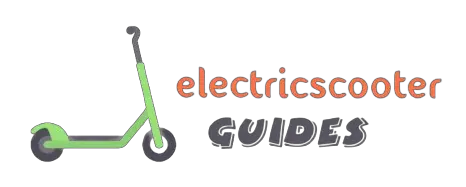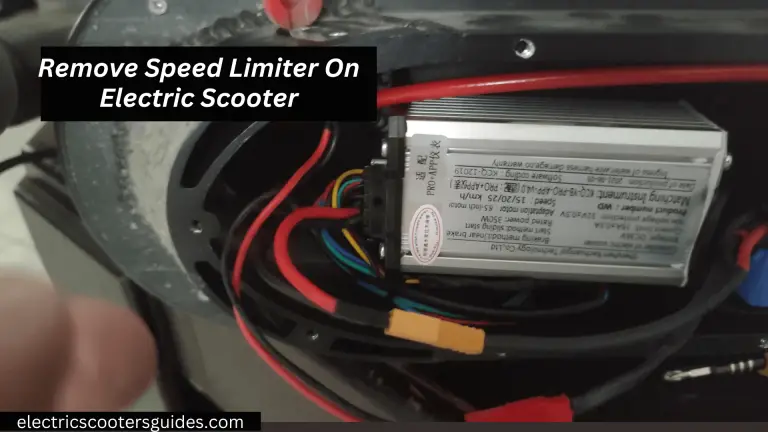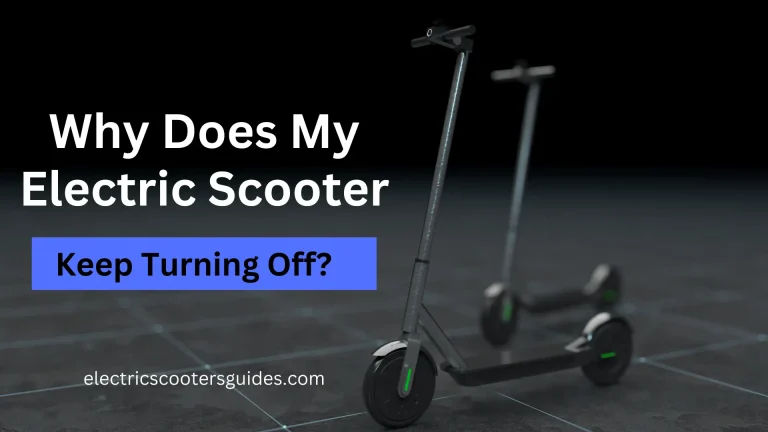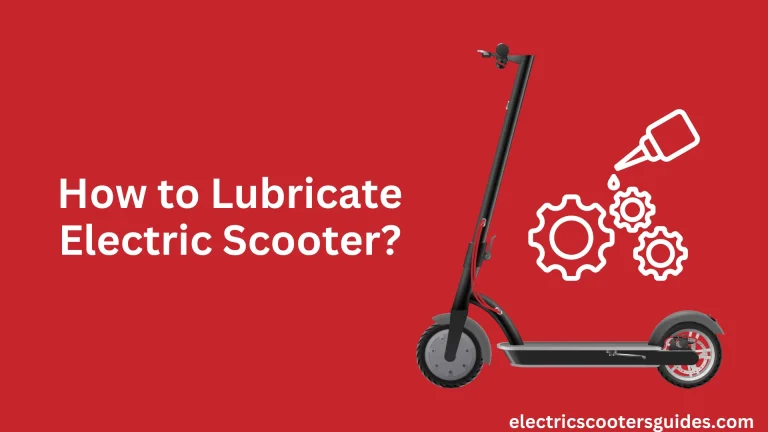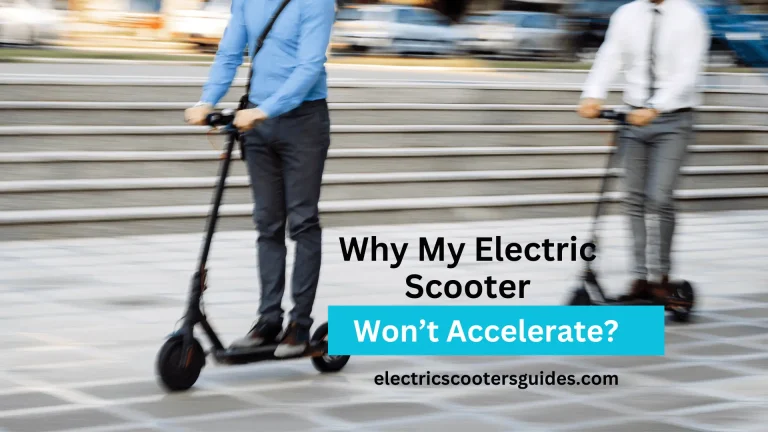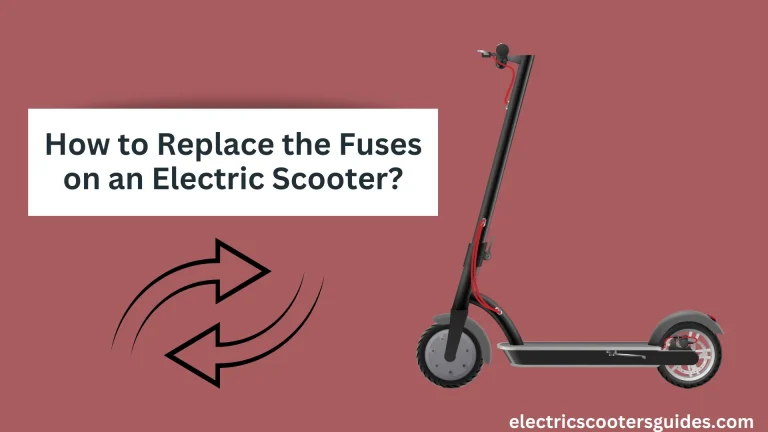How to Adjust Electric Scooter Brakes? Full Guide

Ensuring safety while riding any moving vehicle is crucial, especially when it comes to brakes. These are like the guardians of your journey, responsible for keeping you and others safe.
In the realm of electric scooters, brakes take center stage in ensuring your safety. They’re not just an accessory; they’re your lifeline.
Having robust brakes on your electric scooter isn’t just a luxury—it’s a necessity. Think of it as having a sturdy shield to protect you from harm. That’s why we will discuss how to adjust electric scooter brakes.
So, let’s dive into the nitty-gritty of adjusting your scooter brakes to ensure they’re up to the task. But, before we get our hands dirty, let’s take a brief journey into the world of scooter brakes. Understanding the different types and how they function will make the adjustment process a breeze.
By the end of this journey, you’ll be equipped with the knowledge needed to ensure your scooter’s brakes are strong and reliable.
When to Adjust Your E-Scooter Drum Brakes?
E-scooter drum brakes are crucial for your safety, but how do you know when they need adjusting?
One telltale sign is if you notice your scooter taking longer to stop than usual. When this happens, it’s time to inspect your brakes.
Here are a couple of things to look out for:
- Check the distance between the brake handle and the grip. There should be about the width of one finger. If there’s more space, your brakes might need adjusting.
- Try pressing the brake handle against the grip. If it moves too easily, your brakes might be too loose.
- Take a look at the brake cable next to the wheel. If it seems slack or loose, it’s a sign that your brakes need attention.
If you find any of these issues, it’s time to tighten up the brake cable. This simple adjustment can greatly improve your scooter’s braking power, keeping you safe on the road.
Identifying the Brake Type
Let’s explore the fascinating world of brakes on electric scooters, shall we?
When it comes to electric scooters, there are primarily three types of brakes: mechanical disc, drum, and regenerative brakes.
Mechanical Disc Brakes
These brakes work by pulling brake pads against a disc, creating friction to stop the scooter. There are two categories within this type:
Cable Disc Brakes
Using a cable to pull one brake pad towards the disc while the other remains stationary. Though easy to adjust, they might have lower braking force compared to hydraulic brakes.
Hydraulic Disc Brakes
These brakes rely on a closed system filled with oil to press the brake pads against the disc, offering stronger brakes and higher safety. However, they require specialized maintenance and come with a higher price tag.
Drum Brakes
This type employs a thick brake pad that frictionally engages with an inner drum when the brakes are applied. They offer medium strength, easy adjustment, and good durability. Additionally, they are isolated and resistant to water. You should also know how to prevent flat tires on electric scooters.
Regenerative Brakes
This innovative type harnesses friction force to generate electric current, which can recharge the scooter’s battery. There are three categories within this type:
On/Off: This basic category cuts off the electric current from the motor when brakes are applied but doesn’t effectively recharge the battery.
Three Wires: By gradually reducing electric current to the motor using three wires, this category allows for partial or complete motor stoppage, enabling battery recharge while riding.
Thumb Brakes: These brakes respond to the pressure applied, with stronger pressure leading to quicker scooter stops. Like the three-wire system, they facilitate battery recharge while riding.
Understanding the different types and mechanisms of brakes on electric scooters can help riders make informed decisions regarding safety, performance, and maintenance. So, next time you hop on your electric scooter, you’ll have a better grasp of how those brakes are keeping you safe and even helping power your ride!
How to Adjust Electric Scooter Brakes?
If you own an electric scooter, keeping its brakes in top condition is key for your safety. Over time, brakes can become less responsive, putting you at risk. Here’s how to tighten them up for a safer ride.
First, Know Your Brakes
Electric scooters generally have two types: disc brakes and drum brakes. Understanding which type your scooter has will help you perform the right maintenance.
Tools You’ll Need
You’ll need some basic tools for this job:
- Allen (hex) wrench set
- Adjustable wrench
- Screwdriver (if your scooter has drum brakes)
Tightening Disc Brakes
- Find the brake caliper near the wheel hub.
- Loosen the pinch bolts with an Allen wrench to release the brake cable.
- Pull the brake cable to tighten the brakes, but don’t overdo it.
- While maintaining tension on the cable, tighten the pinch bolts again.
- Test the brakes to make sure they engage properly. Adjust further if needed.
Tightening Drum Brakes
- Locate the brake adjuster nut near the rear wheel.
- Loosen the lock nut with an adjustable wrench to access the adjuster.
- Use a screwdriver to turn the adjuster nut and tighten the brakes.
- Loosen the adjuster slightly until the wheel spins freely.
- Tighten the lock nut to secure the adjuster in place.
- Test the brakes to ensure they respond well. Make adjustments if necessary.
Regular maintenance of your electric scooter’s brakes is essential for your safety on the roads. So, take the time to check and tighten them up as needed for worry-free rides!
Conclusion
In conclusion, keeping your electric scooter brakes in top condition is essential for your safety on the road. Regularly checking and adjusting your brakes ensures they’re responsive and reliable when you need them most. By following simple maintenance steps, like tightening cables or adjusting brake mechanisms, you can enjoy worry-free rides and peace of mind knowing your scooter is equipped to stop effectively in any situation.
